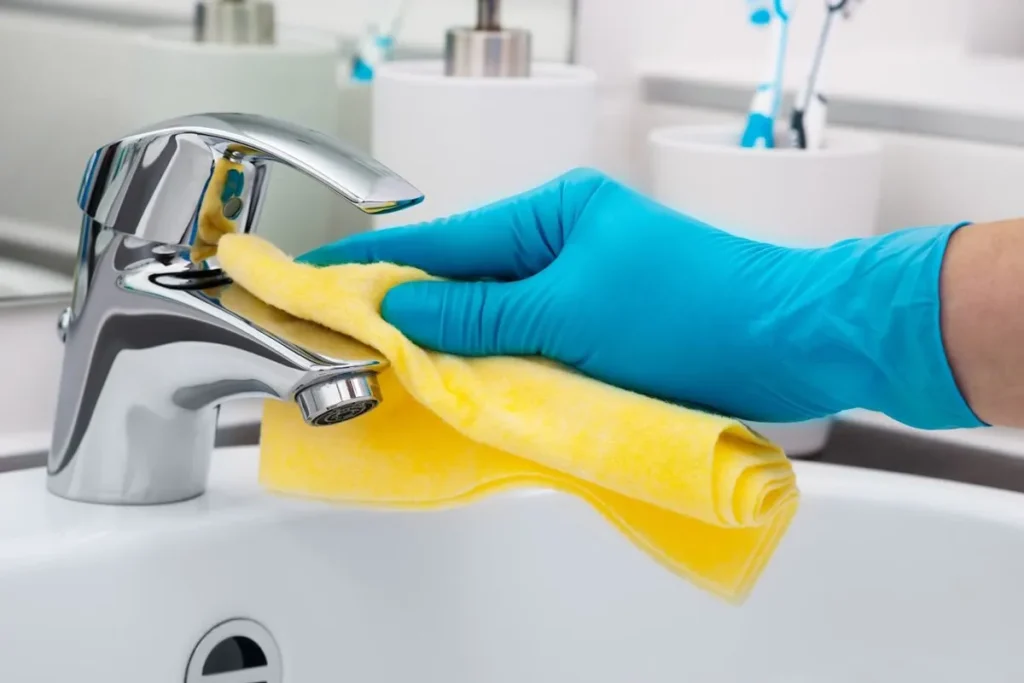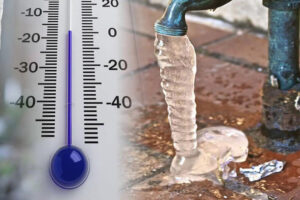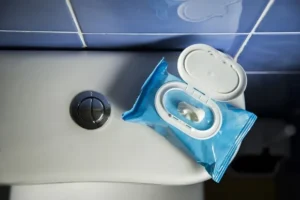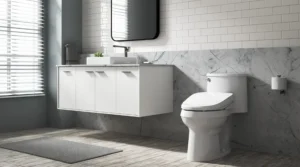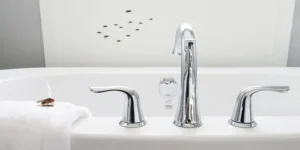Bathroom mold can affect your health and bathroom aesthetics and even cause structural damage. Fortunately, bathroom mold is avoidable. You just need to know that moisture and organic matter are the primary risk factors for mold growth. Take the following measures to keep bathroom mold at bay with that knowledge.
Ventilate the Bathroom
Ventilation helps by driving moisture out of the bathroom. A good way to ventilate the bathroom is to use a fan. Run the fan regularly, especially during and after showering. Some fans come with timers that allow you to leave them running, and then they will automatically shut down after the preset period. Running the fan for half an hour or so after showering should be adequate.
Deal With Leaks
Leaking plumbing fixtures can keep your bathroom perpetually wet. Prevent the leaks by:
- Inspecting your fixtures regularly for signs of leaks
- Replacing worn-out parts, such as washers
- Preventing high water pressure
- Keeping your pipes warm so that they don’t freeze and burst during the winter
Also, fix leaking fixtures as soon as possible.
Dry Your Shower Items
Wet shower items can also encourage mold growth. Such items include:
- Rugs
- Towels
- Sponges
Dry the items whenever they get wet before storing them.
Leave the Walls Dry
Water will get onto almost every part of your bathroom, including the walls, after showering. Drying the walls will remove most surface moisture since the walls form a significant part of the bathroom. The best way to dry the walls is to use a squeegee. Use a squeegee on the walls after every shower session for best results.
Air the Bathroom
Air the bathroom by opening the door, shower curtain, and windows regularly. Airing the bathroom will encourage air circulation, which may help to get the moisture out. Airing the bathroom may also prevent condensation.
Seal the Grout Regularly
If your bathroom has tiles, then the grout lines can absorb water and encourage mold growth. Regularly sealing the grout will make them waterproof. An annual sealing with the right sealant is enough to keep the water out.
Control House Humidity
High humidity in the house will affect every room, including the bathroom. Add this to the high moisture content in the bathroom, and you have a perfect recipe for mold. Thus, maintaining safe humidity levels in the house also helps to control bathroom mold. Learn a few ways that can help:
- Prevent roof leaks
- Dry laundry outside
- Limit the number of indoor plants
- Use a ceiling fan
- Use a dehumidifier
- Dry water spills as soon as possible
Humidity control measures work best if every household member is involved.
Use the Right Shower Curtain
Your shower curtain might contribute to your mold problem if it’s of the wrong type. For example, an absorbent shower curtain will retain most of the water that falls on it. Use a waterproof shower curtain to avoid that risk. Also, consider a mold-resistant curtain that won’t grow mold even if it remains moist for some time.
Regularly Clean Your Bathroom
Lastly, clean your bathroom and its contents regularly. Don’t forget that mold thrives on moist organic matter. Cleaning the bathroom will rid it of organic matter, such as dust, which encourages mold growth. Cleaning the bathroom will also kill emerging mold if you use the right cleaning products. Bleach, vinegar, or hydrogen peroxide used separately should usually do the trick.
Hopefully, the precautions above will help, and you won’t struggle with bathroom mold anytime soon. Don’t hesitate to contact A -1 Affordable Plumbing Inc if you are unable to prevent bathroom mold. You might have an undiagnosed plumbing issue, such as a hidden leak, that we can diagnose and resolve.



